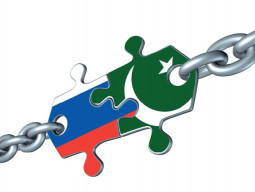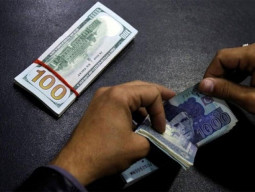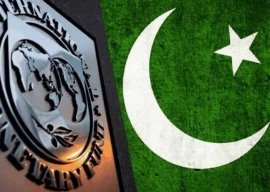
As the growth of emerging markets slows down, the new focus is on frontier economies in Asia and beyond.
Frontier economies are defined as the group of low-income countries having experienced rapid growth and fairly stable macroeconomic fundamentals over a period of time. Although countries categorised under this category are somewhat loosely defined but ‘Frontier Asia’ as defined by IMF includes 12 economies: Bangladesh, Bhutan, Cambodia, Lao P.D.R, Maldives, Mongolia, Myanmar, Nepal, Papua New Guinea, Sri Lanka, Timor-Leste and Vietnam.
A special sub-group of frontier economies are also classified as ‘frontier markets’; a term coined by International Finance Corporation’s Farida Khambata in 1992. A number of financial market indexes also include frontier markets; a case in point being the MSCI which has even added Pakistan to its group of frontier markets. Investors find these markets attractive for investment since they have long-run potential and low correlations with other markets. Some frontier economies in Asia with improved macroeconomic fundamentals have allowed them to issue sovereign bonds and attract increased portfolio inflows.
How countries in Asia fall under ‘frontier markets’
What have these countries achieved to obtain the ‘frontier market’ status?
Frontier Asia is a region where a population of 350 million resides. These countries are low-income commodity-rich countries that have in the past benefited from high commodity prices.
Three features of these countries stand out that warrant them to be categorised under ‘frontier’ status. Firstly, these countries have experienced rising economies and have already surpassed GDP per capita relative to one of the biggest economies of the region, India ($1,600). This is true of economies like Sri Lanka ($3,557), Mongolia ($4,095) and Vietnam ($2,052). Secondly, these countries have benefited from favorable demographics, with a rising section of young people who would enter the workforce. Moreover, these economies have rising middle class consumers presently and in the future.
This has been reiterated by senior economist Juliana Lee at the Deutsche Bank who points that as advanced economies are burdened by high levels of debt and financial market uncertainties, frontier economies in Asia are relatively unburdened by debt and are aided by favorable demographics and rising incomes.
Thirdly, some of these economies have been able to tap global capital markets with sovereign bonds. In fact, these frontier markets are now categorised as a new asset class and are included in global investment indices.
Can Frontier Asia become Emerging Economies?
This region has been performing relatively well even in times where countries have been hit by major economic upheavals across the globe be it the 2007 financial crisis or the current stock market crisis in China and associated losses in other emerging markets.
An important question arises at this point: can countries in Frontier Asia become the new generation of emerging market economies?
To answer this and to generally highlight the importance of this region led the International Monetary Fund (IMF) to recently publish a book on frontier economies in Asia. The book draws on cross country analysis and experience from emerging market economies and provides recommendations for academics, policymakers and think tanks alike. It also gives policy advice on achieving structural reforms, inclusive growth and financial deepening for sustained long term growth.
Although the level of integration of frontier economies is not as much as that of emerging markets or advanced economies, as they achieve higher growth and become more interconnected the more they would be exposed to vulnerabilities in world markets.
These economies need to make external and fiscal buffers and pursue structural reforms. Economic experts have also pointed that reduced financial risk through strengthening financial sector regulation is a strong driver of growth in Asian economies. Frontier economies also need to upgrade their monetary and fiscal policy frameworks for sustained growth.
Last but not the least, Pakistan, currently under an IMF programme, can take a lead from recent research and macroeconomic experience of countries categorised under Frontier Asia to further strengthen its economy and improve the living standards of their populace.
The writer is an economist and ex-central banker
Published in The Express Tribune, September 21st, 2015.
Like Business on Facebook, follow @TribuneBiz on Twitter to stay informed and join in the conversation.



















COMMENTS
Comments are moderated and generally will be posted if they are on-topic and not abusive.
For more information, please see our Comments FAQ